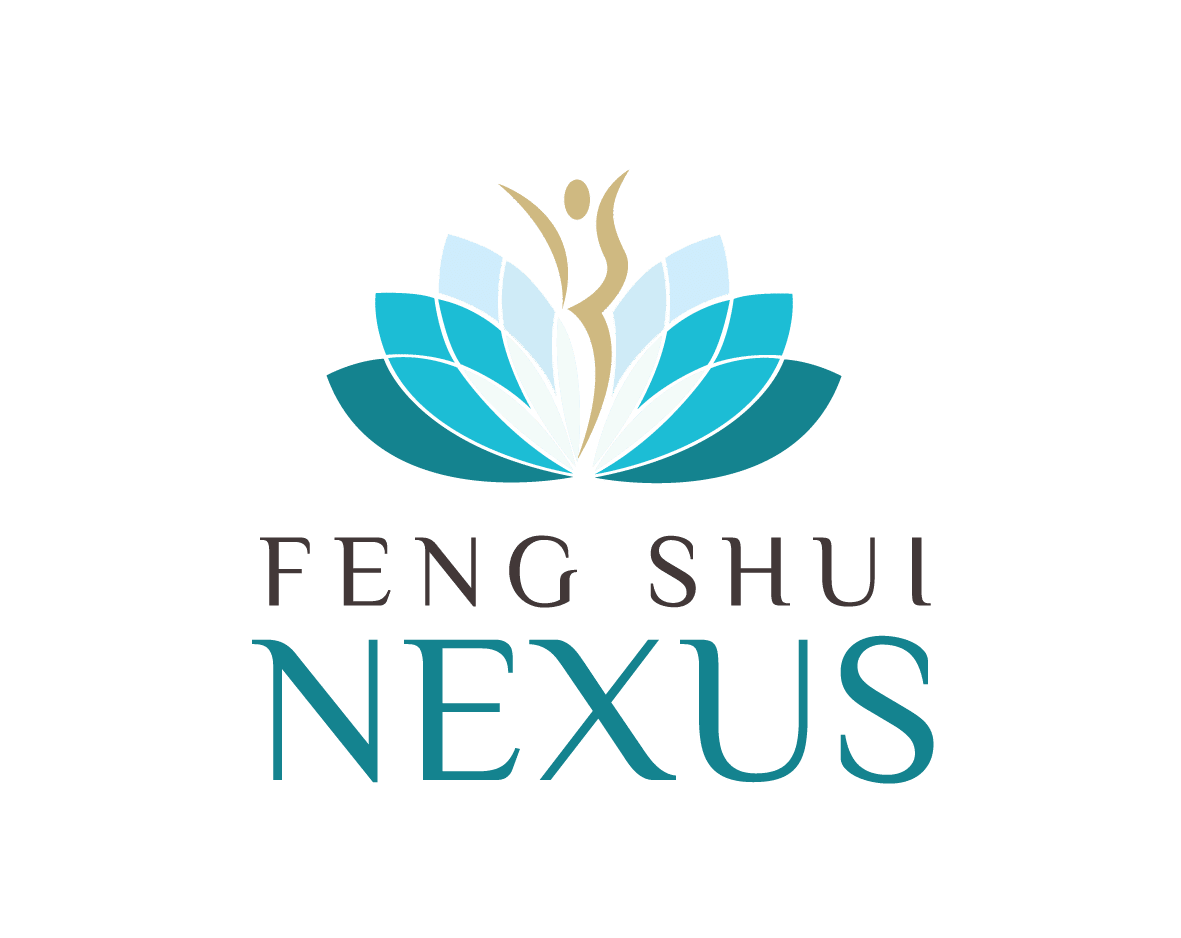In today’s fast-paced world, the tranquility of our homes is more important than ever, especially in shared family spaces.
Feng Shui, an ancient Chinese art, is a powerful tool in creating this harmony. It’s not just about aesthetics; it’s about channeling energy (Chi) to foster balance, health, and happiness.
Adapting Feng Shui principles in our living spaces can significantly improve family dynamics and personal well-being.
This philosophy guides us in arranging our homes to promote positive energy flow, emphasizing the importance of layout, color, and elemental balance.
Understanding and applying these principles can transform our homes into sanctuaries of peace and positivity, essential for a happy family life.
The Importance Of A Balanced Home
A balanced home serves as a cornerstone for family happiness and well-being.
The ancient practice of Feng Shui offers insightful guidance on creating a harmonious environment that nurtures positive interactions and mental well-being.
By aligning the home’s physical space with Feng Shui principles, families can enhance the flow of positive energy (Chi), reduce stress, and foster a sense of tranquility and connectedness.
This balance is not merely about aesthetic appeal; it’s about crafting an environment that resonates with emotional and spiritual harmony, crucial for a flourishing family life.
Feng Shui In Your House
Implementing Feng Shui in the household revolves around optimizing the flow of Chi.
The first step is decluttering, which involves removing unnecessary items that block or disrupt energy flow.
Clutter not only affects the aesthetic appeal of a space but also impacts mental health and the overall energy of a home.
Studies have shown that cluttered environments can lead to increased stress and anxiety, highlighting the importance of a tidy, well-organized space.
Moreover, the arrangement of furniture and decor plays a significant role.
The feng shui house decoration principle of the command position suggests placing key pieces of furniture, like beds and sofas, in positions where the door can be seen but not in direct alignment with it.
This positioning offers a sense of security and control over the environment.
Maximizing Room-By-Room Feng Shui Arrangements
Creating a harmonious environment in each room is essential for a balanced home. Here are some Feng Shui tips for key areas:
- Bedroom: Focus on serenity and relaxation. Use calming colors and position the bed to optimize energy flow, avoiding alignment with the door. Decluttering is crucial for restful sleep.
- Living Room: This area should promote connection and balance. Arrange furniture to facilitate conversation, utilize natural elements in decor, and maintain a clutter-free space for a harmonious atmosphere.
- Kitchen: Symbolizing abundance and nourishment, the kitchen should be well-lit, clean, and organized. Displaying fresh fruits or healthy foods can symbolize prosperity.
- Home Office: For productivity, position your desk facing the entrance and use a blend of calming and energizing colors. Keeping the workspace organized and clutter-free is key for efficiency.
- Bathroom: Aim for a rejuvenating atmosphere with clean, well-maintained spaces. Soft lighting, elements of water and wood, and soothing scents can create a spa-like environment.
Feng Shui Cures And Enhancements For 2024
To welcome positive energy in 2024, the Year of the Wood Dragon, certain Feng Shui cures and enhancements can be beneficial:
- Balancing Elements: Integrate the five elements (wood, fire, earth, metal, and water) in your decor for equilibrium. This includes using colors, shapes, and materials representative of each element.
- Plants And Crystals: Indoor plants can purify air and infuse positive energy, while crystals like amethyst or citrine in specific areas can promote well-being and abundance.
- Mirrors: Use mirrors to expand space and redirect energy but avoid placement facing beds or entryways.
- Lighting: Proper lighting, especially natural light, is essential. Use ambient, task, and accent lighting to create a balanced atmosphere.
- Water Features: Incorporate elements like fountains or aquariums, particularly in the southeast or north areas of your home, to activate wealth and abundance energies.
- Art And Decor: Choose artwork and decor that align with your intentions and aspirations for the year. Symbols of success and happiness can evoke positive emotions and energy.
Implementing these Feng Shui principles in each room and using specific cures and enhancements can create a living space that not only looks harmonious but also feels energetically balanced, fostering a happy and healthy family environment.
History Of Feng Shui
Feng Shui, translating literally as “wind-water,” is an ancient Chinese practice that harmonizes individuals with their surrounding environment.
Its roots can be traced back to early Taoism and Chinese astronomy. The practice of Feng Shui is centered around the concept of ‘Qi’ or the vital life force, consisting of opposing but complementary forces, yin and yang.
Historically, Feng Shui was used to orient buildings and significant structures such as tombs and dwellings to enhance the flow of positive chi, thereby ensuring good health, improving relationships, and bringing prosperity.
Early Applications And Developments
The earliest known evidence of Feng Shui dates back to the Yangshao and Hongshan cultures.
These ancient practices involved using astronomical observations to find correlations between humans and the universe.
Remarkably, some of the first Feng Shui practices can be observed in the placement of ancient Chinese grave sites, where positive chi was considered vital.
Over time, Feng Shui evolved to include the design and layout of entire cities.
The carpenter’s manual, ‘Lu ban jing,’ codified rules for builders, and ‘Kaogong ji,’ a manual from the Zhou era, outlined Feng Shui rules for designing capitals.
Evolution And Modern Practice
While originally a complex practice involving astronomical, architectural, and cosmological dimensions, modern Feng Shui has largely shifted towards interior design for health and wealth in Western societies.
Despite being critiqued as pseudoscientific by some, many view it as a non-scientific cultural tradition with practical applications in social mobilization and rural development.
Today, Feng Shui continues to influence the design of modern structures, integrating ancient wisdom with contemporary architectural practices.
Final Remarks
Feng Shui, a timeless art rooted in ancient wisdom, offers more than just aesthetic enhancements for our living spaces.
Its profound influence on the harmony and balance of our homes transcends time, adapting to modern needs while retaining its core principles.
By integrating Feng Shui into our homes, we invite not only visual appeal but a deeper sense of well-being, unity, and tranquility.
This age-old practice, evolving through centuries, remains a testament to the enduring human quest for harmony with our environment.
In embracing Feng Shui, we connect with a tradition that enriches our lives and homes, fostering a nurturing space for families to thrive.

